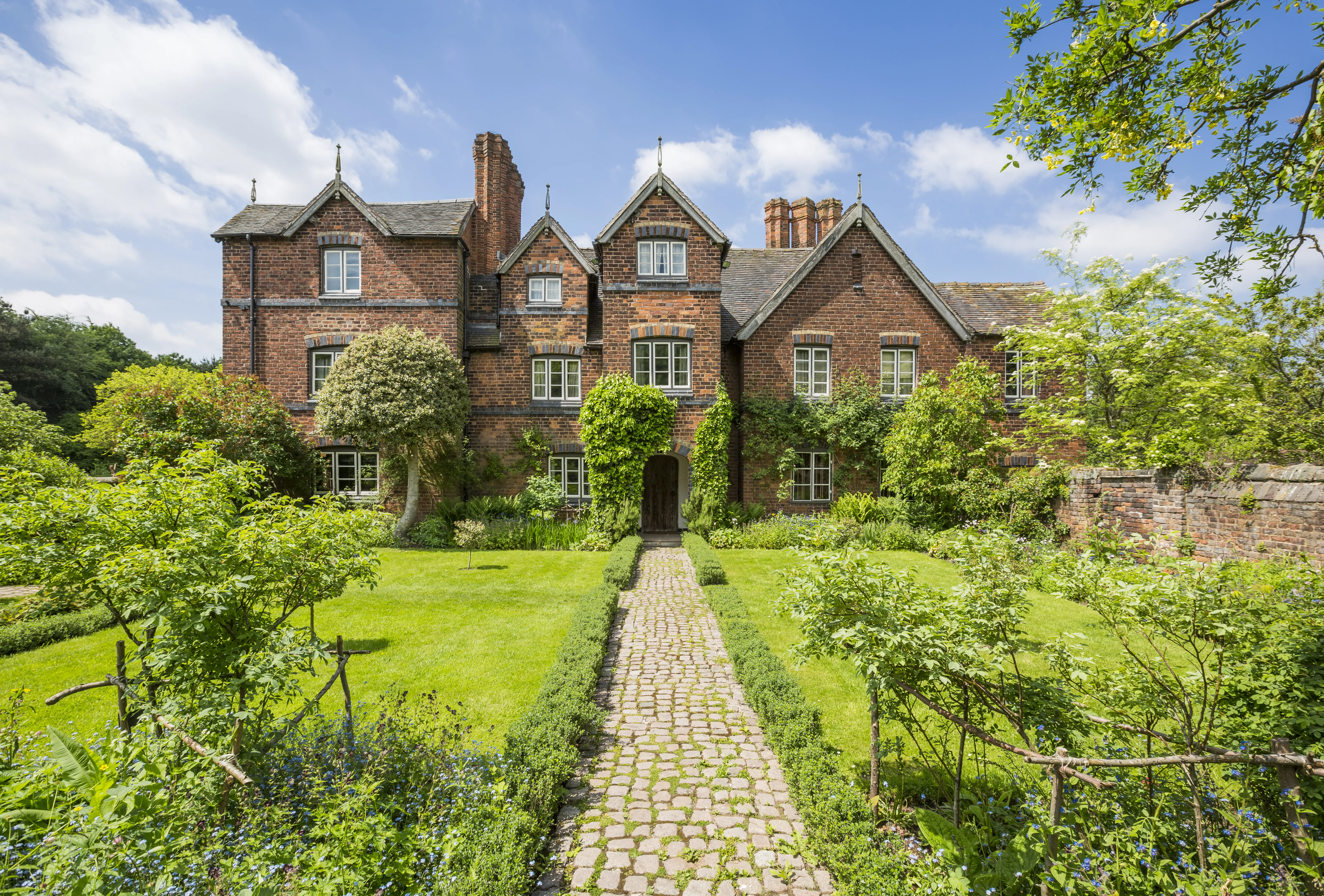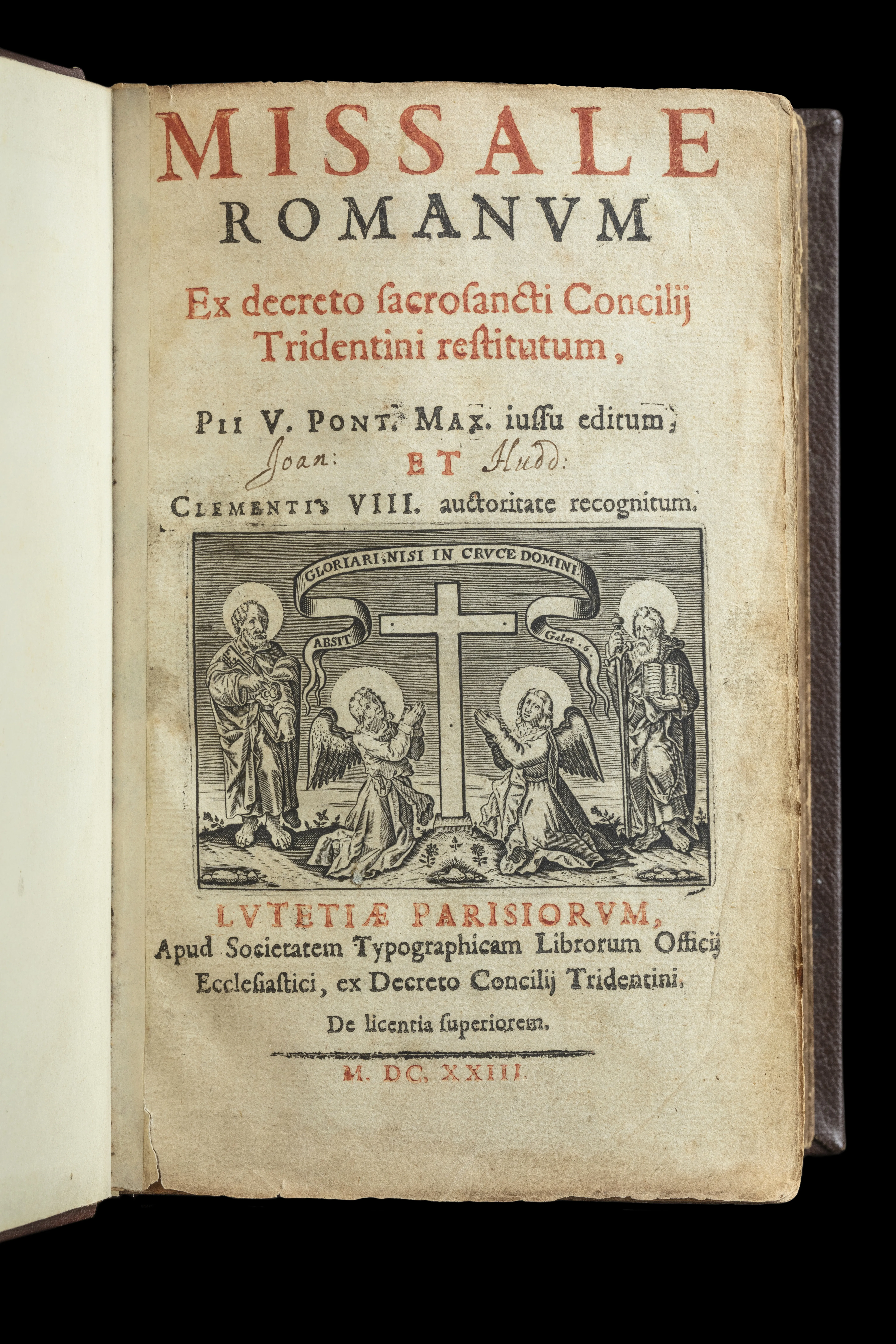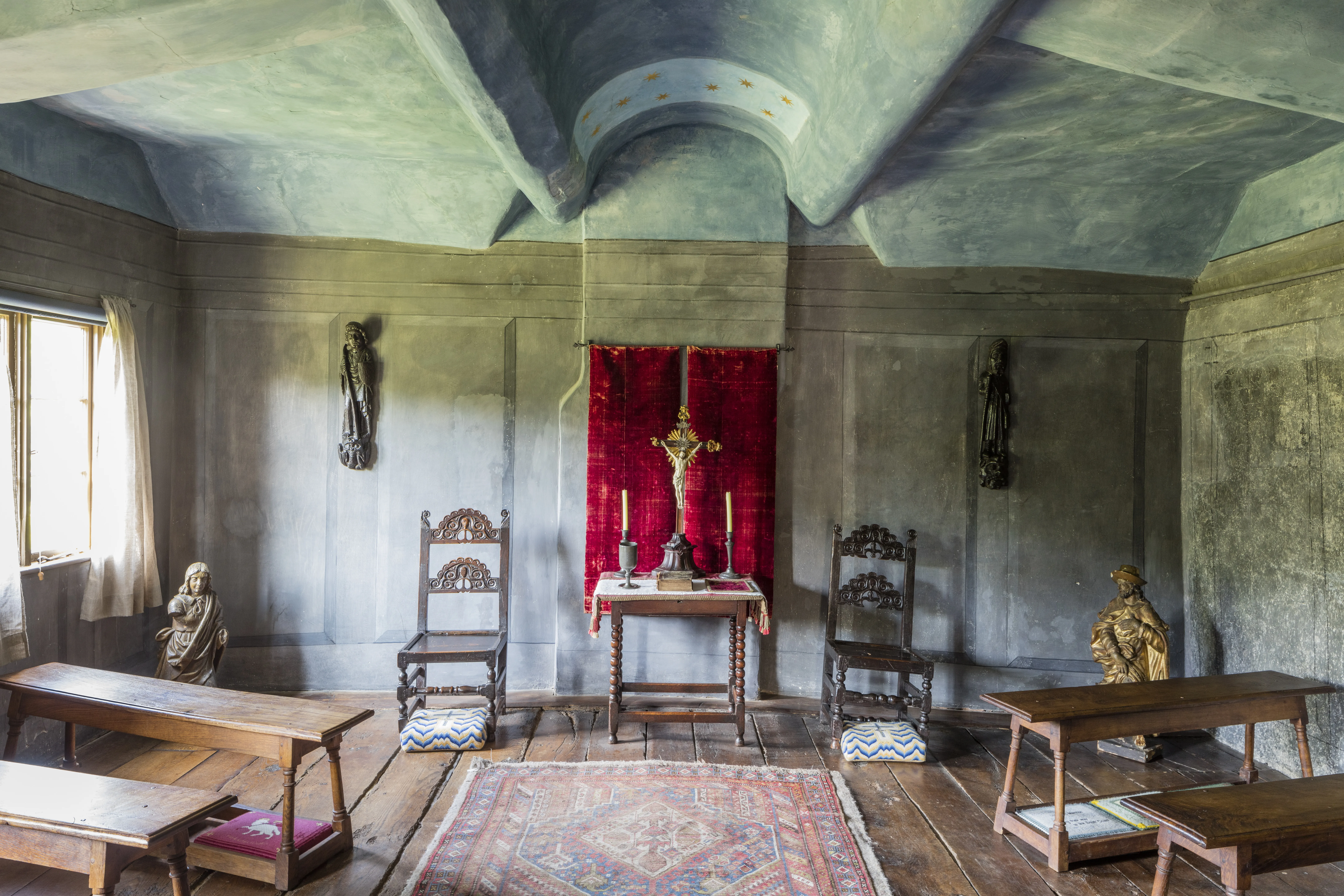Historic Prayer Book of Priest Who Hid King Charles II Goes on Display
Father John Huddleston’s personal missal, which is almost 400 years old, is now on display at Moseley Old Hall, Wolverhampton, which is situated in the West Midlands region of the country.

A historic prayer book belonging to the priest who protected King Charles II and helped save his life has gone on public display at one of England’s famous stately homes.
Father John Huddleston’s personal missal, which is almost 400 years old, is now on display at Moseley Old Hall, Wolverhampton, which is situated in the West Midlands region of the country.
Following the Battle of Worcester in 1651, in which the Parliamentarians under Oliver Cromwell defeated the Royalists, the defeated monarch sought refuge at the home of the Catholic Whitgreave Family, where the Benedictine priest also resided, dressed as a servant.
Father Huddlestone agreed to hide Charles II in his first-floor room, which featured a trap door beneath the floor of the cupboard, where a priest hole was accessible. Charles II was able to hide there when soldiers turned up at the house, looking for the king.
The historic missal was purchased by the conservation charity National Trust, at auction due to a substantial donation from a volunteer and the support of the organization Friends of the National Libraries.
It is believed that the Missale Romanum, published in Paris in 1623, might have been instrumental in bringing about the king’s deathbed conversion to Catholicism in 1685.
Once the monarchy was finally restored in 1660, Charles made Huddlestone chaplain to his mother, Queen Henrietta Maria, and to his wife, Catherine of Braganza.
On his deathbed at Whitehall Palace in 1685, Charles asked for Father Huddlestone, who heard the king’s confession, gave him Holy Communion and finally received him into the Catholic Church.
It is alleged that the Duke of York later commented that the priest had twice saved the king’s life — first his body, then his soul.
Sarah Kay, cultural heritage curator, said: “We’re delighted to have secured this important book, which is central to the story of Moseley. If we hadn’t acquired it, it is likely to have gone into private hands and not been accessible by the public. Displaying and interpreting the missal will provide a compelling focus and renewed impetus for telling the story of Charles II’s remarkable escape.”
Tim Pye, national curator, said: “The Huddleston Missal is a wonderful acquisition for Moseley Old Hall. Not only is the 1623 edition of the Missale Romanum a rare book — just one other complete copy is recorded in U.K. libraries — it is also crucial for our understanding of how Roman Catholic books were used and circulated at a time when it was dangerous to be anything other than Anglican.
“The way in which [Father] Huddleston has inscribed and annotated his missal highlights just how precious and personal this book would have been to him.”
- Keywords:
- catholic history
- catholic england

















